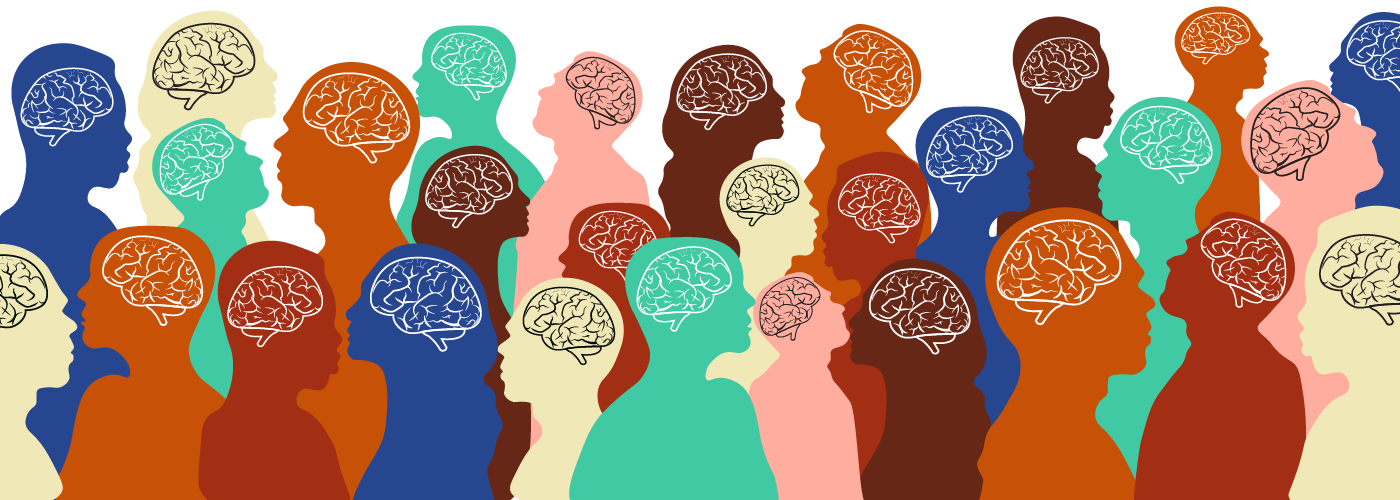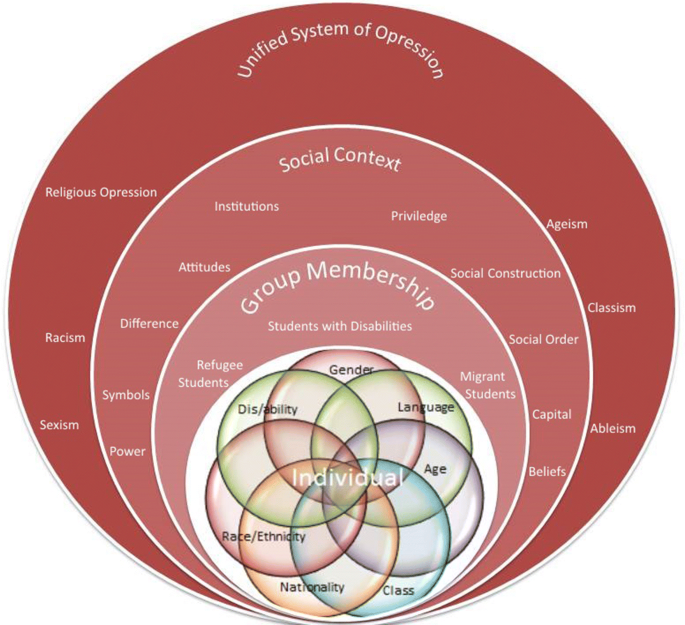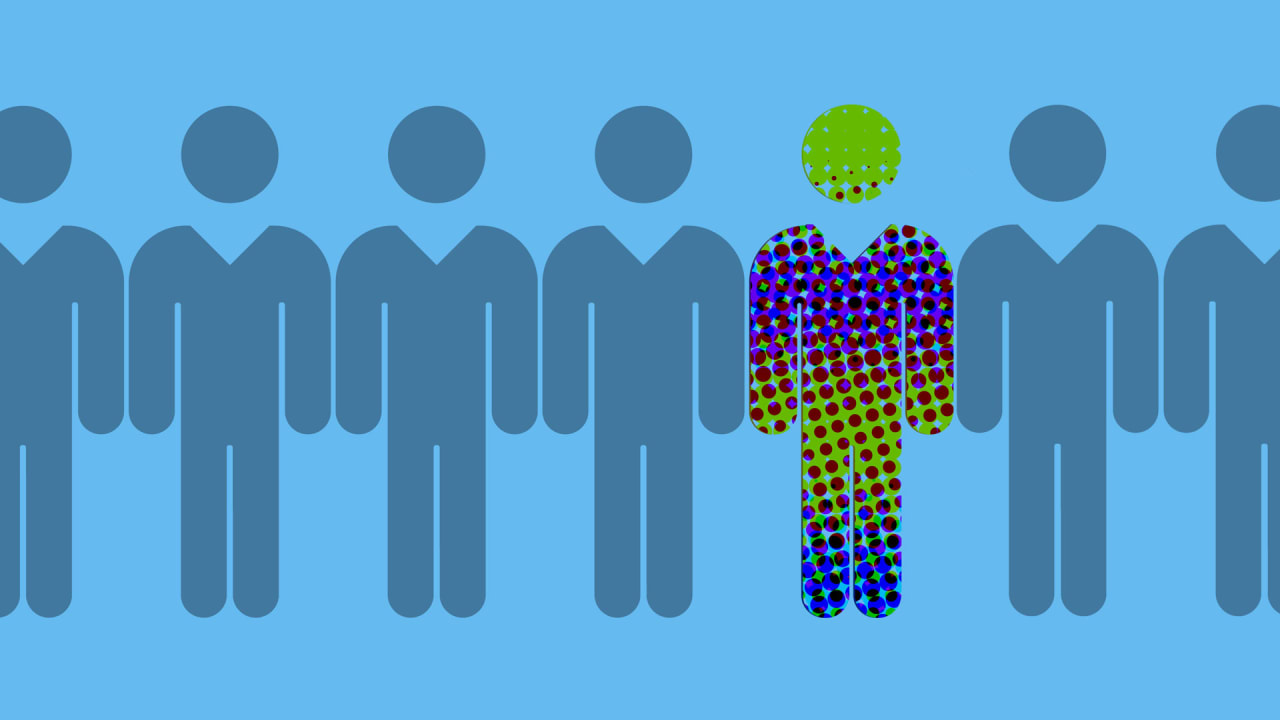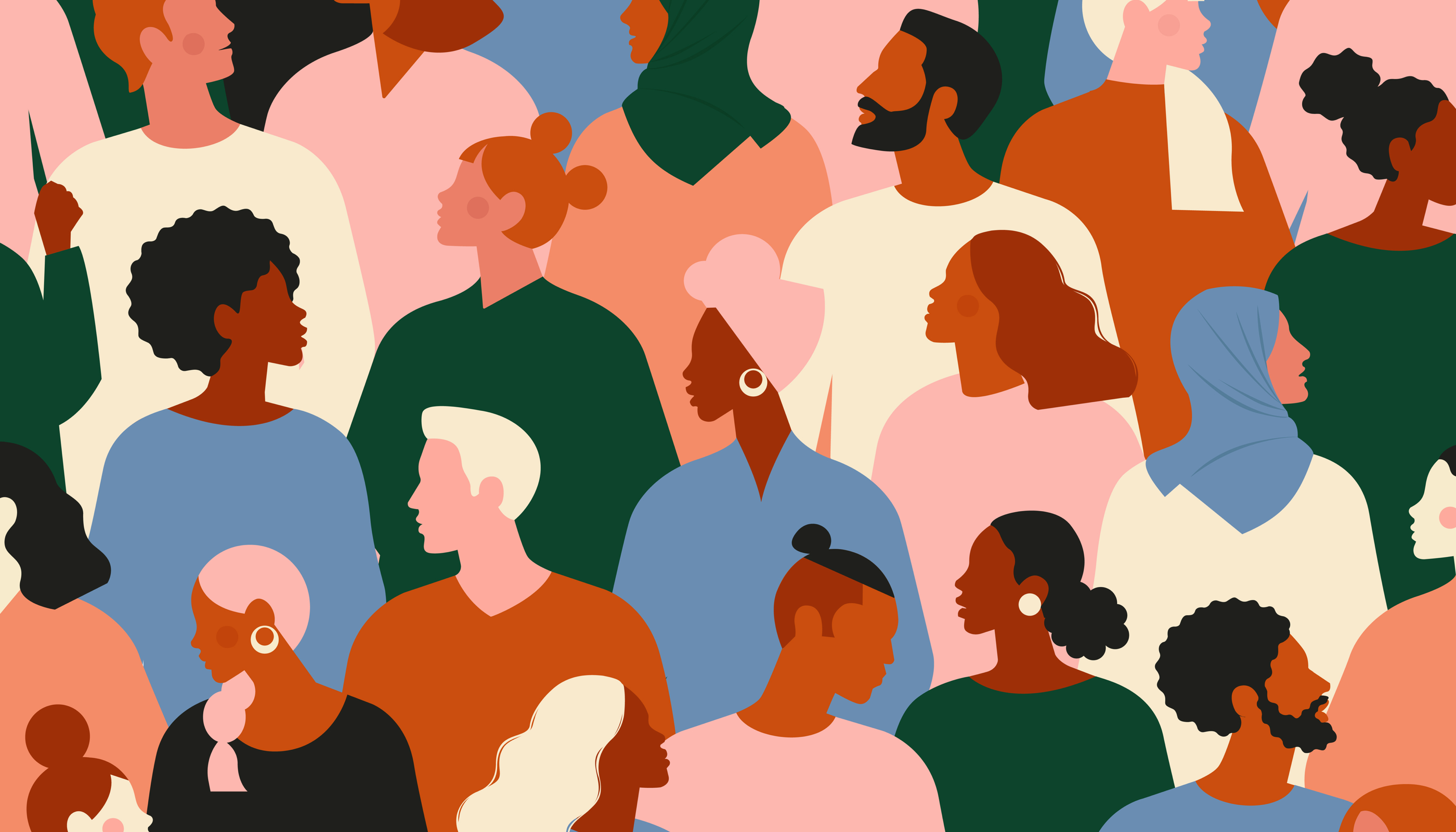Welcome back to my blog! Today, I want to delve into the topic of neurodiversity and its significance in promoting inclusivity and understanding in our society. Neurodiversity refers to the diversity of human brains and minds, encompassing variations in cognitive functioning, such as autism, ADHD, dyslexia, and other neurological conditions. While traditional perspectives may label these differences as disorders or disabilities, the neurodiversity paradigm recognizes them as natural variations of the human experience, each with its strengths, challenges, and unique perspectives.
First and foremost, it’s crucial to recognize that neurodiversity is not a new concept. However, it has gained traction in recent years as advocates and researchers push for a more inclusive approach to understanding cognitive differences. Rather than viewing neurodivergent individuals as needing to be fixed or normalized, the neurodiversity movement celebrates their contributions to society and emphasizes the importance of accommodating their needs and preferences.
One of the key principles of the neurodiversity paradigm is the idea of “nothing about us without us.” This principle underscores the importance of involving neurodivergent individuals in discussions and decisions that affect them directly. By amplifying their voices and perspectives, we can ensure that policies, programs, and support services are more effective and truly responsive to their needs.
Moreover, embracing neurodiversity fosters a culture of acceptance and appreciation for differences. Just as we celebrate cultural diversity and recognize the value of different languages, traditions, and perspectives, we should also embrace the diversity of cognitive styles and processing differences. Rather than viewing neurodivergent traits as deficits, we can recognize them as unique strengths that enrich our communities and workplaces.
In educational settings, embracing neurodiversity requires moving away from one-size-fits-all approaches to learning and assessment. Instead, educators can adopt flexible teaching methods that accommodate diverse learning styles and provide alternative means of demonstrating understanding. By creating inclusive learning environments, we empower neurodivergent students to thrive academically and develop their full potential.
Similarly, in the workplace, embracing neurodiversity can lead to greater innovation and productivity. Research has shown that neurodivergent individuals often possess unique talents, such as attention to detail, pattern recognition, and creative problem-solving skills. By creating inclusive hiring practices and accommodating diverse work styles, organizations can tap into this untapped talent pool and benefit from a more diverse and dynamic workforce.
However, despite the progress made in promoting neurodiversity, there is still much work to be done to combat stigma and discrimination. Negative stereotypes and misconceptions about neurodivergent individuals persist, leading to barriers in education, employment, and social inclusion. To address these challenges, we must continue to raise awareness, challenge stereotypes, and advocate for policies that promote equity and accessibility for all.
In conclusion, embracing neurodiversity is not only a matter of social justice but also a pathway to a more inclusive and vibrant society. By recognizing and celebrating the unique strengths and perspectives of neurodivergent individuals, we can create a world where everyone feels valued, understood, and empowered to reach their full potential. Let’s work together to build a future where neurodiversity is embraced and celebrated as an essential aspect of human diversity.












